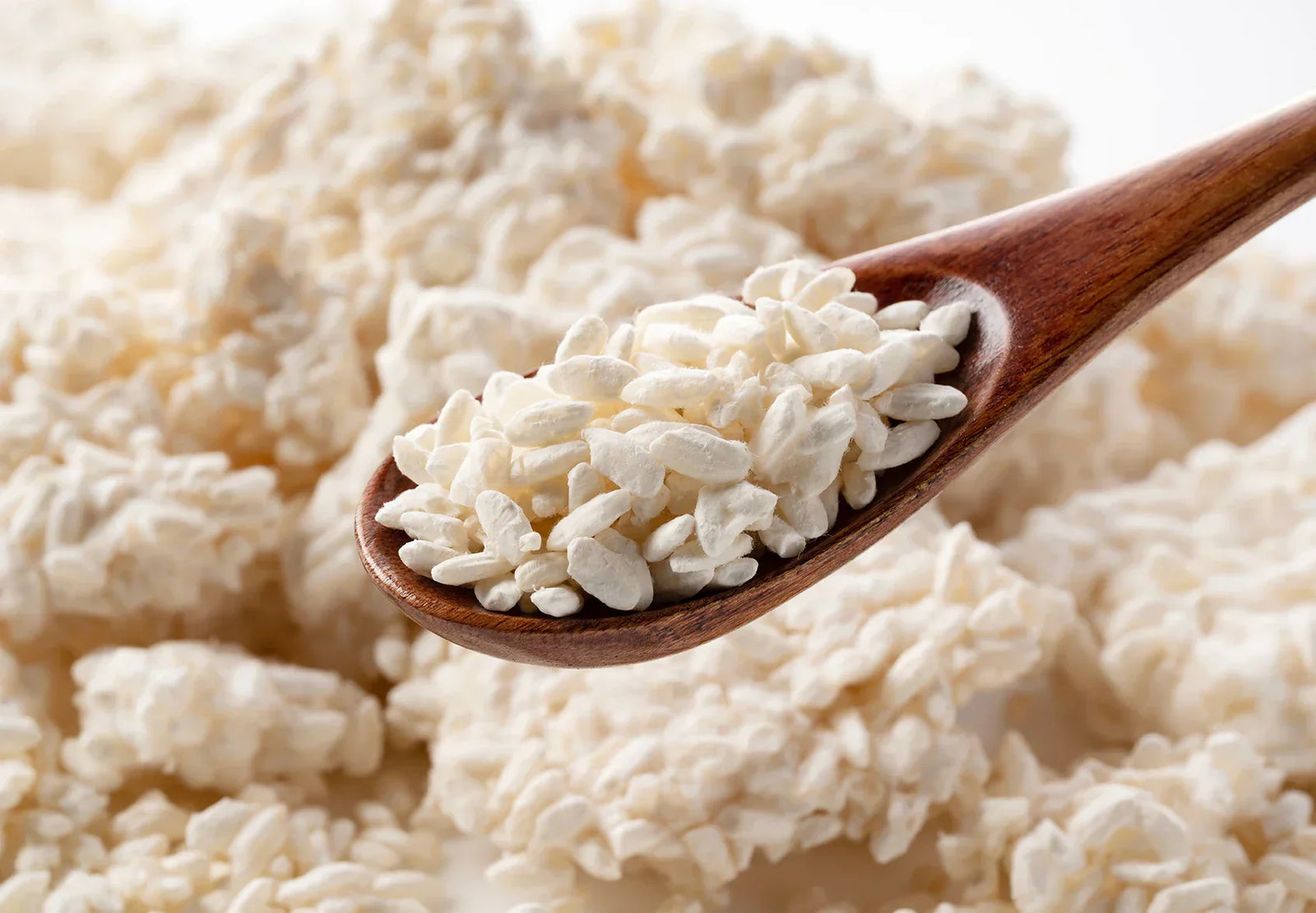Search for “the world’s most nutritious foods”, and almonds will be at or near the top of every list. It is a food that has been repeatedly shown to have wide-ranging health benefits from heart health to blood sugar control to weight loss, and so much more. It is both a delicacy and a health food at the same time.
But you also might have heard that almonds are bad for the environment because they require a great deal of water to grow. Almonds (as well as walnuts and pistachios) do consume a lot of water – a resource that’s in increasingly short supply in the Central Valley, California’s agricultural heartland. Several years ago, it was widely reported that it takes a gallon of water to produce an almond, and that’s a statistic that makes it easy to label it as environmentally unfriendly. But how outrageous is it? How much is too much water?
How about 2 gallons of water for a leaf of lettuce or 33 gallons for an apple? 34 gallons for a cup of coffee? 53 gallons for an egg? (source: waterfootprint.org)
The reality is that all foods, both grown and processed, require a lot of water, so it’s important to add context.
Can I Feel Good About Eating Almonds?
What you really want to know is, “Can I eat almonds in good conscience?” The question you should be asking is, “Can I eat [many of the foods you eat go here] in good conscience?” You’d really just like a simple yes or no, right? All foods come at a cost, and in our current environmental reality, we must all be conscious consumers, and that requires a look at the facts and careful consideration.
It should be noted that almonds actually use less than their proportionate share of water, as the almond crop makes up 13% of California’s irrigated farmland, yet consumes only 9% of the state’s agricultural water.

As illustrated in the above graph, when compared to other California fruit and tree nut crops, Almonds trees are not dramatically different. What’s more, nuts are among the most nutritious foods available and are vital to human health. So if you consider water usage per total nutritional benefits generated – the very reason that crops are grown in the first place, it would be hard to beat the almond as it is so nutritious.
Moreover, one must also look at the total environmental impact, not just water usage. Let’s take a look at the stewardship of the almond industry, and what it is doing to offset its water usage and to maximize the almond’s sustainability.
The Almond Orchard 2025 Goals
The almond industry has long recognized that minimizing environmental impact while maximizing the crop’s benefit is in the vital interest of the industry’s long-term sustainability. In 2019, the Almond Board of California, representing over 7,600 almond farms, publicly set goals to achieve by 2025 in four key areas. These are referred to as the Almond Orchard 2025 Goals. These four areas are: Water usage, zero waste, pest management, and local air quality during harvest.
Water Usage
Over the past 20 years, almond farmers have reduced the amount of water required to produce a pound of almonds by 33%. They achieved this through the use of microirrigation, a water-saving technique that applies water directly to the almond tree’s roots, instead of flooding a large area by sprinkler. Over 80% of almond farmers have adopted this technique, compared to 42% of the rest of California’s farming industry.
By 2025, the industry has pledged to reduce water consumption by an additional 20%.
Almond farmers are also experimenting with new approaches to groundwater recharge. This is a time-tested process in which dormant fields are intentionally flooded with excess rainwater in the winter (when water is typically more plentiful) and is stored in underground aquifers.
Zero Waste
The almond industry is committed to achieving zero waste by 2025, ensuring that every part of the almond is used. The almond actually comes from a green fruit that is related to peaches and plums. That fruit is referred to as a hull, and it’s used as a nutrient-dense feed for dairy cows. These hulls reduce the need for other feed crops, and therefore reduce the water usage that would otherwise be required to grow those crops.
Almond shells have a variety of uses, both on and off the farm. They are often put back in the soil to help restore nutrients for almond trees, and are also used for livestock bedding. Research is currently underway to create a new kind of plastic using ground-up shells and combining them with bio-plastics or post-consumer recycled plastics to create a more environmentally friendly form of plastic.
Pest Management
To minimize the use of pesticides, the industry is committed to increasing its use of environmentally friendly pest control methods by 25% by 2025. The navel orangeworm is the primary pest that threatens the almond crop, and can cause substantial damage if not controlled. One of the techniques almond farmers use is the release of wasps that are effective at destroying navel orangeworm larvae.
A newer experimental method called the Sterile Insect Technique has the potential to further reduce the need for pesticides. With this method, large numbers of male parasitic navel orangeworms that have been sterilized using gamma rays or X-rays are released in the almond fields, which effectively reduces the orangeworm population as they attempt to mate.
Local Air Quality Improvement
Almonds are harvested by mechanically shaking the fruit off the trees and sweeping them up with large machines. This process generates a great deal of dust, which affects the local communities, and is also bad for the trees themselves. The industry has pledged to decrease this dust by 50% by 2025 by utilizing more advanced harvesting equipment that generates less dust.
Finding the Balance for Future Generations
The almond industry has invested over $70 million in research and development projects to develop new and effective ways of minimizing the industry’s impact on the environment. Almond production is more ecologically sound than they have ever been, and California’s Almond growers are continually providing meaningful solutions that reduce the burden of the almond crop and maximize the benefit of every part of the almond tree.
91% of California’s almond farms are family-owned, and many of them are 3rd and 4th generation. Those farmers have every incentive to preserve their heritage and care for the land for the sake of their children and for generations beyond.
To walk the Earth means to leave our footprints behind. There is no getting around the fact that we all need to eat, and that requires fertile land and water. Every crop must be assessed for the environmental costs it incurs in exchange for the nourishment it provides. Crops that are higher in protein and fat require greater resources to produce.
A food that is as valuable to human health as the almond is is worth preserving for as long as responsible stewardship allows.
For full disclosure, this article was written by SPIRIT Almond, a brand of all-natural dry roasted almonds. We absolutely believe in the sustainability of almond farming, otherwise we would be creating snacks from a different food source.
**Disclaimer: The information contained in this article is based on publicly available research and journalistic writings, and is provided for informational purposes only. Medical and nutritional decisions should be made in consultation with one’s own trusted medical professionals




